Related Research Articles

Carl Wilhelm Eugen Stenhammar was a Swedish composer, conductor and pianist.

The Piano Quintet in E-flat major, Op. 44, by Robert Schumann was composed in 1842 and received its first public performance the following year. Noted for its "extroverted, exuberant" character, Schumann's piano quintet is considered one of his finest compositions and a major work of nineteenth-century chamber music. Composed for piano and string quartet, the work revolutionized the instrumentation and musical character of the piano quintet and established it as a quintessentially Romantic genre.
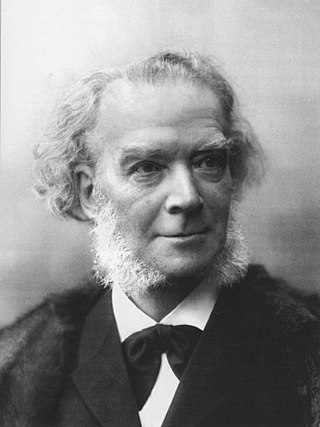
Carl Heinrich Carsten Reinecke was a German composer, conductor, and pianist in the mid-Romantic era.
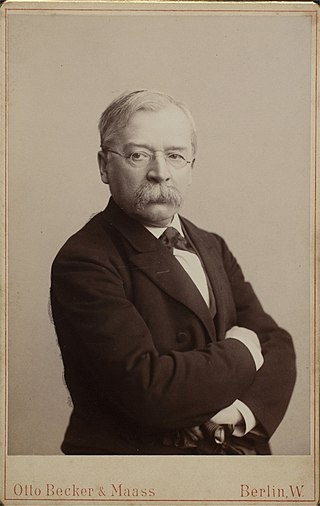
Woldemar Bargiel was a German composer.
Antonín Dvořák composed his String Quartet No. 13 in G major, Op. 106,, between November 11 and December 9, 1895. 1895 was an eventful year for him: he returned to Europe from America in April, and his sister-in-law died in May. Upon finishing No. 13, he took back up his No. 14 (Op. 105) in A-flat major, which he had begun before this quartet and finished it on December 30 of that year. The quartet in G major was given its first performance by the Bohemian Quartet in Prague, on October 9, 1896.

The String Octet in E-flat major, Op. 20, was written by the 16-year-old Felix Mendelssohn during the fall of 1825 and completed on October 15. Written for four violins, two violas, and two cellos, this work created a new chamber music genre. Conrad Wilson summarizes much of its reception ever since: "Its youthful verve, brilliance and perfection make it one of the miracles of nineteenth-century music." This was one of the first works of Mendelssohn to be very well-received.
The String Quintet in E♭ major, Op. 97, B. 180, was composed by Antonín Dvořák during the summer he spent in Spillville, Iowa in 1893. It is a "Viola Quintet" in that it is scored for string quartet with an extra viola. It was completed in just over a month, immediately after he wrote his American String Quartet. Like the Quartet, the Quintet finely captures the inflection of Dvořák's Bohemian idiom with American inspirations. The Quintet was premiered by the Kneisel Quartet in New York on 13 January 1894 along with the second performance of the Quartet and very favorably reviewed, as comparable to Mozart. The reviewer noted that the Quintet was "of the kind about which a commentator may write a small volume without exhausting his admiration or fully describing their beauties".
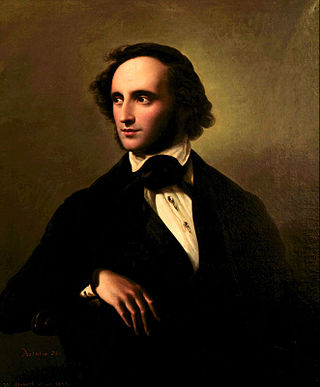
The String Quartet No. 6 in F minor, Op. 80 was composed by Felix Mendelssohn in 1847. It was the last major piece he completed before he died two months later, on 4 November 1847. It is believed he composed the piece as an homage to his sister Fanny, who died on 14 May of that year.
The String Quartet No. 2 in A minor, Op. 13, was composed by Felix Mendelssohn in 1827. Written when he was 18 years old, it was, despite its official number, Mendelssohn's first mature string quartet. One of Mendelssohn's most passionate works, the A minor Quartet is one of the earliest and most significant examples of cyclic form in music.
The String Quartet No. 5 in E-flat major, Op. 44, No. 3, was composed by Felix Mendelssohn in 1837–1838 and completed on February 6, 1838. The piece is part of the Op. 44 set of 3 string quartets that Mendelssohn dedicated to the Crown Prince of Sweden.
The String Quartet in E-flat major is an early work composed by Felix Mendelssohn in 1823 but not published until 1879. The quartet was not assigned an opus number and is not numbered.
The String Quintet No. 2 in B flat major, Op. 87, was composed by Felix Mendelssohn in 1845, when Mendelssohn was around 36 years old. The piece is scored for two violins, two violas and cello.
Felix Mendelssohn wrote four pieces for string quartet that were published together as his “Opus 81” after his death. They have at times wrongly been presented as a single work, even as his “String Quartet No. 7”:
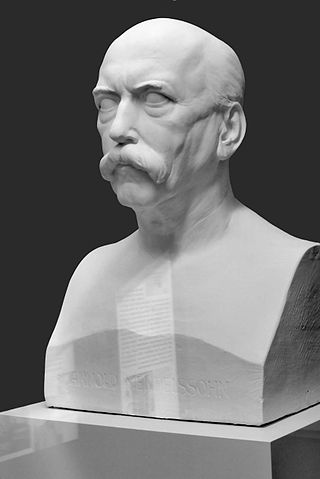
Arnold Ludwig Mendelssohn, was a German composer and music teacher.
Felix Mendelssohn's Piano Quartet No. 1 in C minor, Op. 1, for piano, violin, viola and cello was completed on 18 October 1822 and dedicated to Polish Prince Antoni Radziwiłł. Mendelssohn's three numbered piano quartets were the first works of his to be published, hence their opus numbers.
Felix Mendelssohn's Piano Quartet No. 2 in F minor, Op. 2, for piano, violin, viola and cello was published in 1823, a year after his first Piano Quartet No. 1 in C minor, Op. 1. This work was dedicated to Carl Friedrich Zelter, who became Mendelssohn's composition and music tutor starting at the age of eight years old. Zelter would take Mendelssohn on trips to go see Johann Wolfgang von Goethe, who was also an important figure in Mendelssohn's life when it came to the composition of his earliest pieces between the years 1821-1825. Mendelssohn's three piano quartets were the first piano quartets he composed and published. He composed the second quartet at the age of only 14 years.

Marjorie Olive Hayward was an English violinist and violin teacher, prominent during the first few decades of the 20th century.
The String Quartet No. 8 in B-flat major was composed by Franz Schubert in 1814. It was posthumously published as Op. 168.
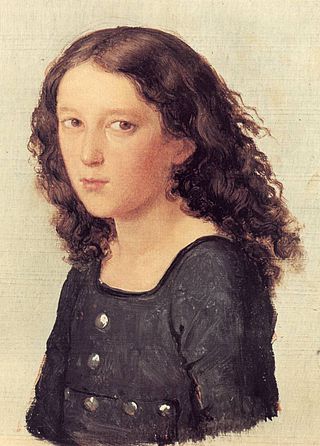
The Concerto for Piano, Violin, and Strings in D minor, MWV O4, also known as the Double Concerto in D minor, was written in 1823 by Felix Mendelssohn when he was 14 years old. This piece is Mendelssohn's fourth work for a solo instrument with orchestral accompaniment, preceded by a Largo and Allegro in D minor for Piano and Strings MWV O1, the Piano Concerto in A Minor MWV O2, and the Violin Concerto in D minor MWV O3. Mendelssohn composed the work to be performed for a private concert on May 25, 1823 at the Mendelssohn home in Berlin with his violin teacher and friend, Eduard Rietz. Following this private performance, Mendelssohn revised the scoring, adding winds and timpani and is possibly the first work in which Mendelssohn used winds and timpani in a large work. A public performance was given on July 3, 1823 at the Berlin Schauspielhaus. Like the A minor piano concerto (1822), it remained unpublished during Mendelssohn's lifetime and it wasn't until 1999 when a critical edition of the piece was available.
References
- ↑ Cookson, Michael. "Comparative Review of Recordings of Mendelssohn's Quartets" . Retrieved 2007-10-26.
- ↑ Todd, R. Larry (1991). Mendelssohn and His World. Princeton, N.J.: Princeton University Press. pp. 265–266. ISBN 0-691-09143-9.